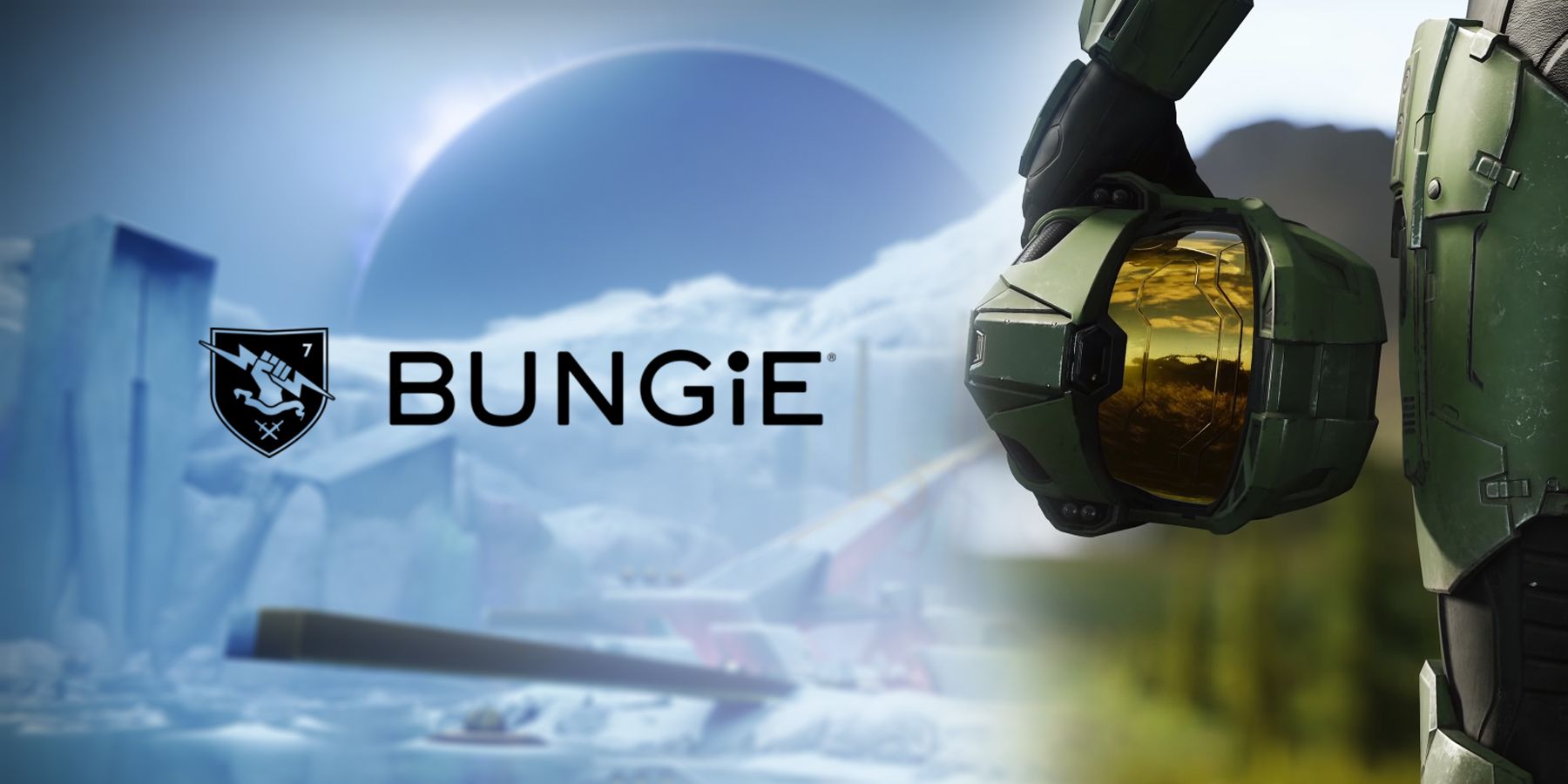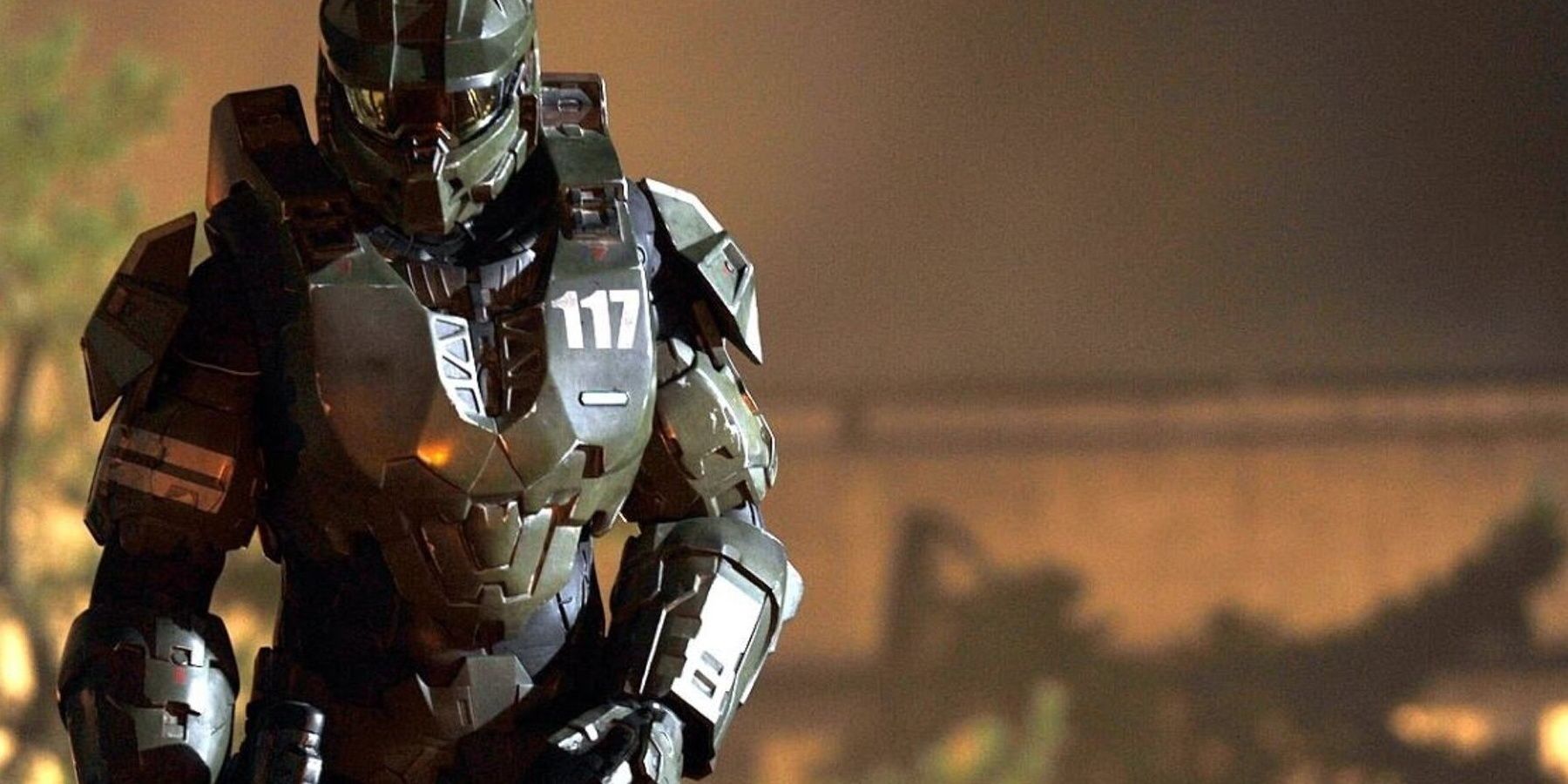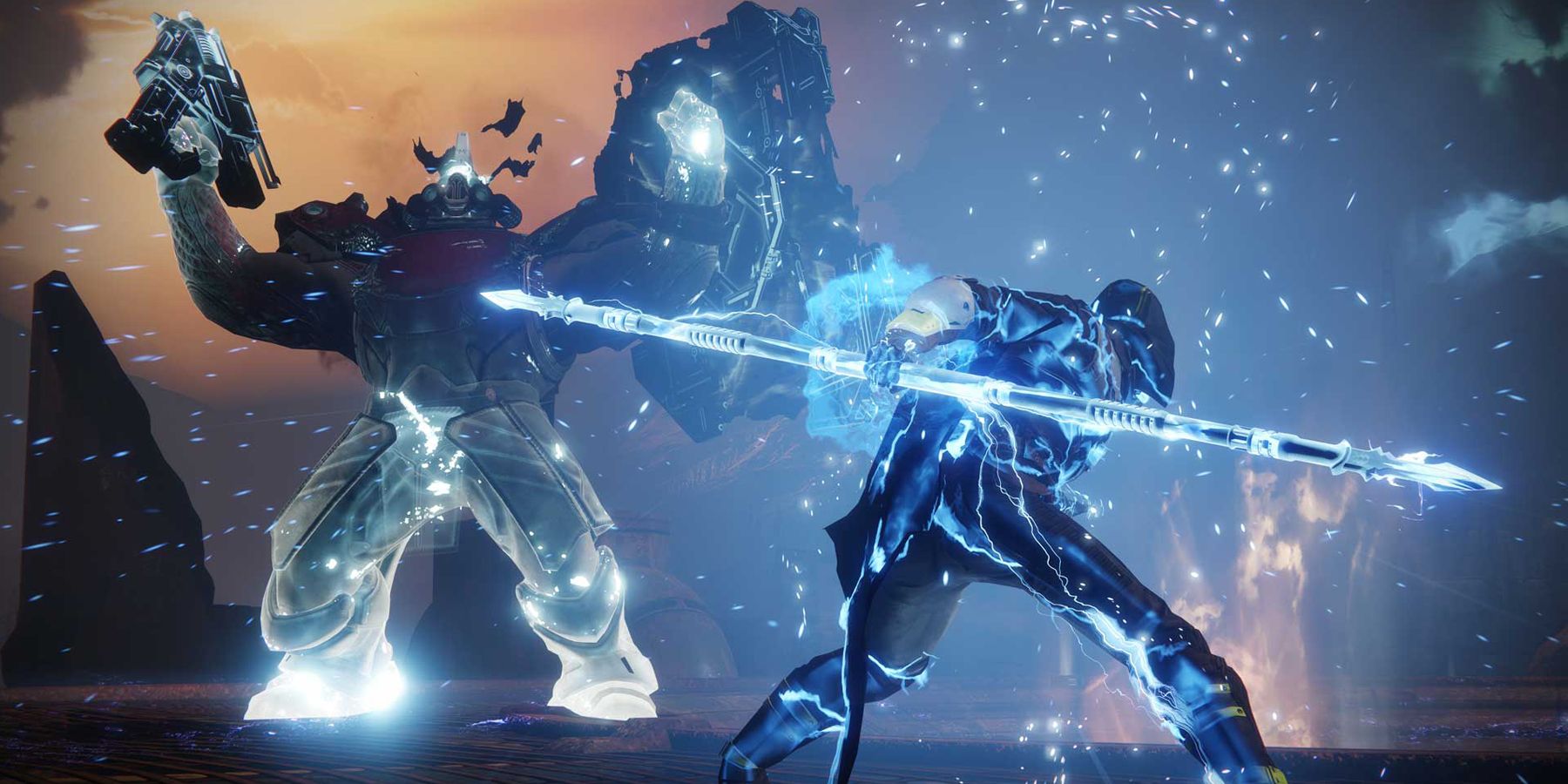Over 30 years ago, Bungie was founded and began creating games that were designed to get the most out of players, and vice versa. Hidden clues to deep lore encouraged fans to learn everything that they could, and this tradition has stuck with Bungie titles as each of the studio’s games often evolve into Easter egg hunts full of community-driven lore keeping. The Halo and Destiny franchises are particularly popular for this, with both building up incredible playerbases full of dedicated fans.
While Bungie let go of Halo when the studio became independent from Microsoft and Xbox, the franchise is still a testament to what Bungie is. Many gamers have fond memories of the amazing environments in the Halo rings, and Halo 3 is largely regarded as one of the best games of all time. Similarly, Destiny has grown into a shining example of everything that the studio learned when it comes to community building. Guardians scour locations to discover information and help each other through difficult activities. These two games, more than any others, are what players think of when they think of Bungie, and they’ve helped to make December a great time to celebrate Bungie’s 30-year history.
Bungie's Halo Games
While Bungie is no longer developing Halo, the franchise that 343 Industries has built on continues to be one of the most popular. Xbox celebrated its 20th anniversary last month, and Halo: Combat Evolved, Halo 2, and Halo 3 all played significant roles in making the Xbox and Xbox 360 systems popular. They told incredible stories through a protagonist that continues to be larger than life, as fans continue to enjoy the green Spartan's adventures. The Master Chief’s story and the universe that Halo takes place in inspired many people, which in turn has led to fan-made media like Rooster Teeth’s Red vs. Blue series and a slew of official novels and films published.
Still, the games continue to be the main attraction to many Halo fans, and what Bungie originally developed has only continued to grow since it parted ways with the franchise. Halo Infinite’s multiplayer took November by storm, and its surprise release and free-to-play format created a strong foundation for the game’s future. Now, the Halo Infinite campaign has been released in the same week as the Bungie 30th Anniversary Pack for Destiny 2. While the timing for the release of games and DLC is hard to line up, these two being so close together is symbolic in a way.
The franchise that helped to introduce Bungie and its other projects to so many people continues to live on and evolve for the world to see. The open world of Halo Infinite is a new direction for the series that could prove to be its best innovation yet. At the same time, it’s being released into the world just as Bungie celebrates its anniversary inside its currently supported title, helping to add Halo weapons in Destiny 2.
Halo is the legacy that Bungie has had to leave behind, and while they’re still connected in many people’s minds it's clear how much it has grown from the seeds that Bungie planted and cultivated. The ideas that Halo started with have been developed into a story of a galaxy that is far more connected than fans might have imagined a decade ago, alongside lore that has grown deeper with every installment. Even so, classic features like Skulls in Halo Infinite continue to connect the franchise to its roots, as a reminder to veteran players of the amazing journey that Bungie took players on across a decade of games.
Moving Forward With Destiny
With Halo now in the rear-view mirror for Bungie, many fans have been introduced to a story that has become incredible in its own unique way. The Destiny franchise has taken the question “What would happen to humanity amidst the stars?” and introduced a fantastic element to it. While Halo’s conflicts are often laced with supernatural ideologies and religions even as its villains are explained away with technology, Destiny accepts both realities. Practical tech has been married to paracausal entities, finding a middle ground between space magic and the technological advancements of every exotic weapon in Destiny 2.
This helps Destiny feel like Halo through a fantasy lens, and is an aspect that the game is often leaning into. While there are a myriad of possible titles that Bungie might have brought into the world following Halo, the evolution of what eventually became Destiny created one of the best concepts possible. Its continuation of everything that Bungie built around its communities in Halo is the perfect way to show the overall dedication that both developers and fans have for each of the franchises. Destiny has helped to further the connection that players have to one another and became an incredible experience that will only continue in The Witch Queen expansion.
The Bungie 30th Anniversary event touches on this beyond its Halo-inspired pieces of gear, like the Forerunner exotic sidearm. It's not only a celebration of the community and the loot that players love to collect, but also a nostalgic look at the enemies and stories that Destiny 2 players have come to know. It’s been able to tie both the past and present into singular moments and build on previous activities and concepts.
The crowning achievement of this for many is the reintroduction of the exotic rocket launcher, Gjallarhorn. While everything brought into Destiny 2 with the Bungie 30th Anniversary event and DLC is of note, Gjallarhorn might be as symbolic for the Destiny franchise as Master Chief is for Halo. As a Guardian, players are pivotal, yet somewhat nameless, in the universe of Destiny. While each Guardian is an expression of the player, it’s hard for a singular one to represent the whole franchise. Gjallarhorn filled this role for many in the first Destiny game.
Much like Master Chief in Halo, Gjallarhorn was the unstoppable force breaking through immovable objects. Gjallarhorn’s reintroduction to the Destiny franchise at the same time that Halo Infinite releases is a deafening howl to players. Both are iconic parts of Bungie’s history that fans can immediately identify. As they step into the spotlight once again this month, they’ve framed December as the perfect time to celebrate the art that Bungie has released into the world.



